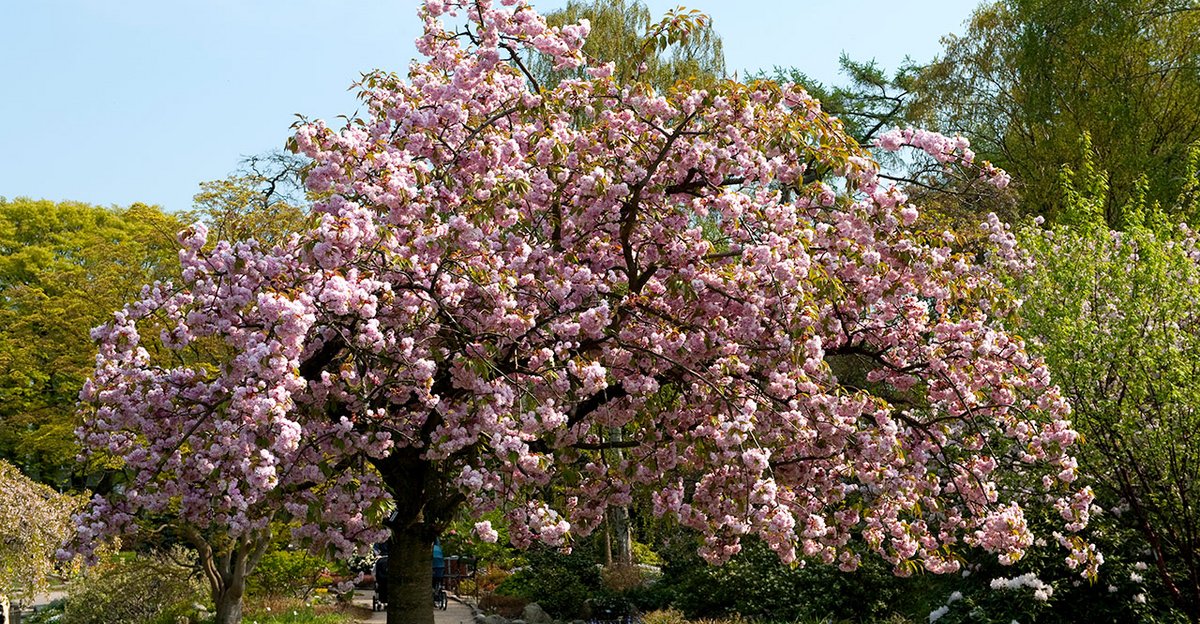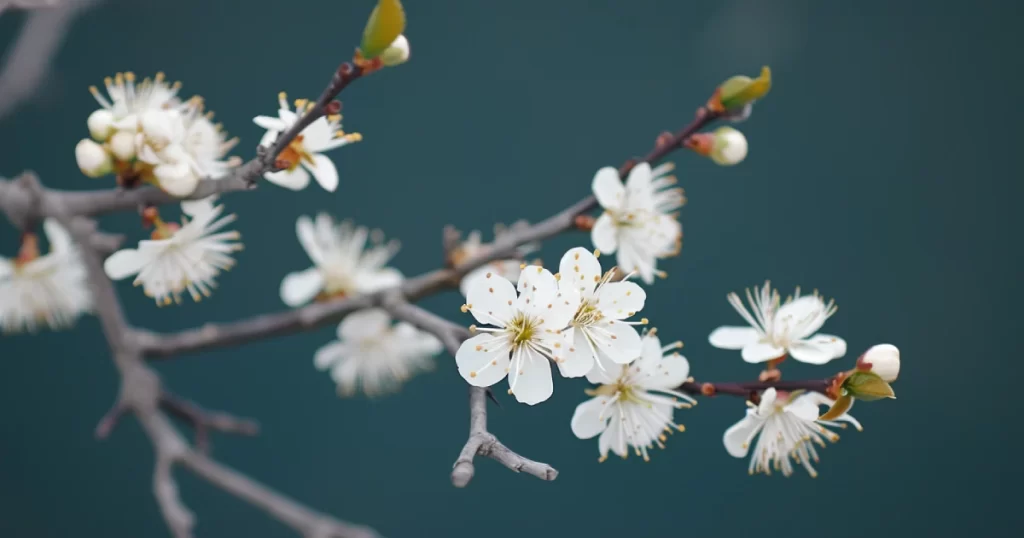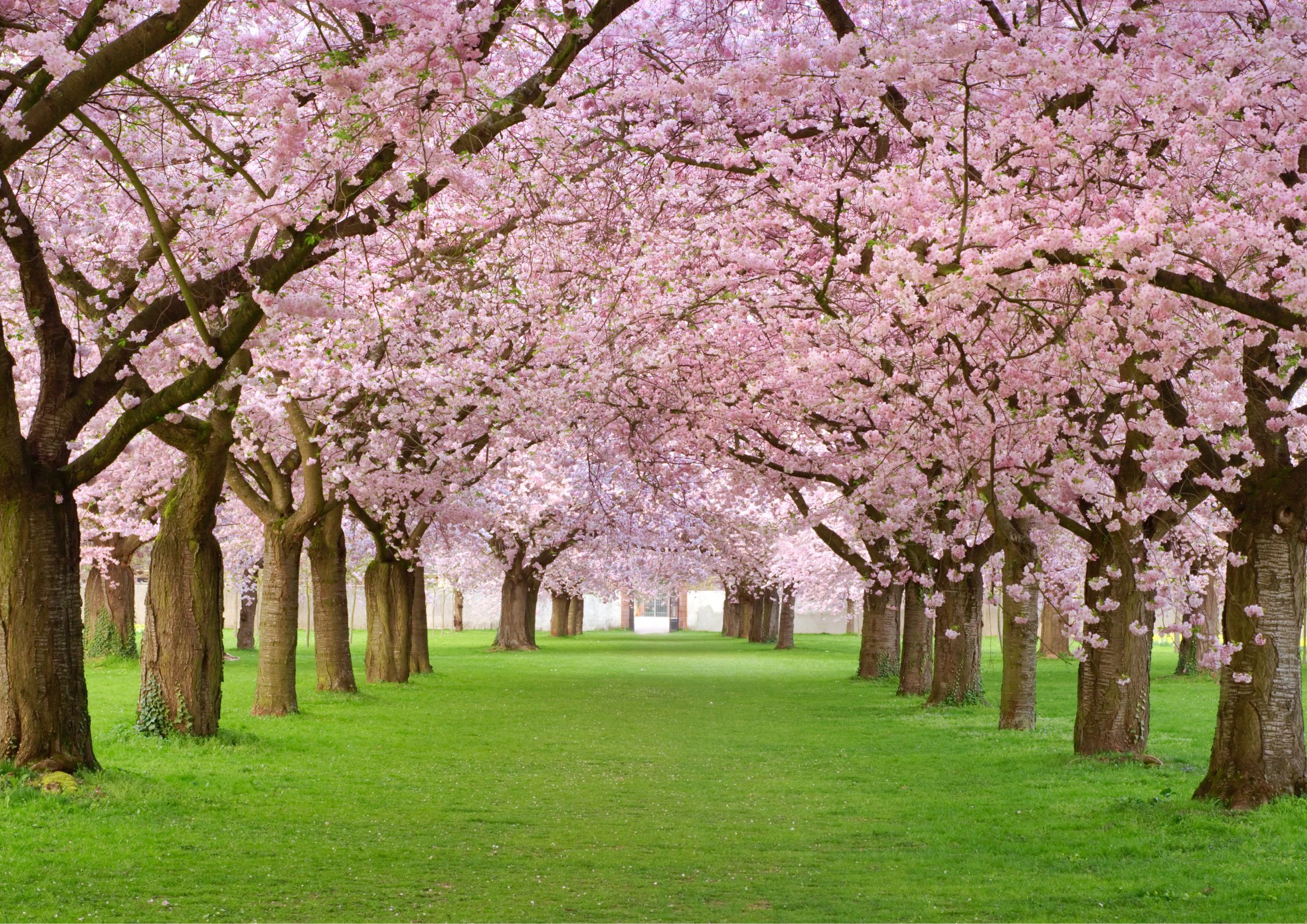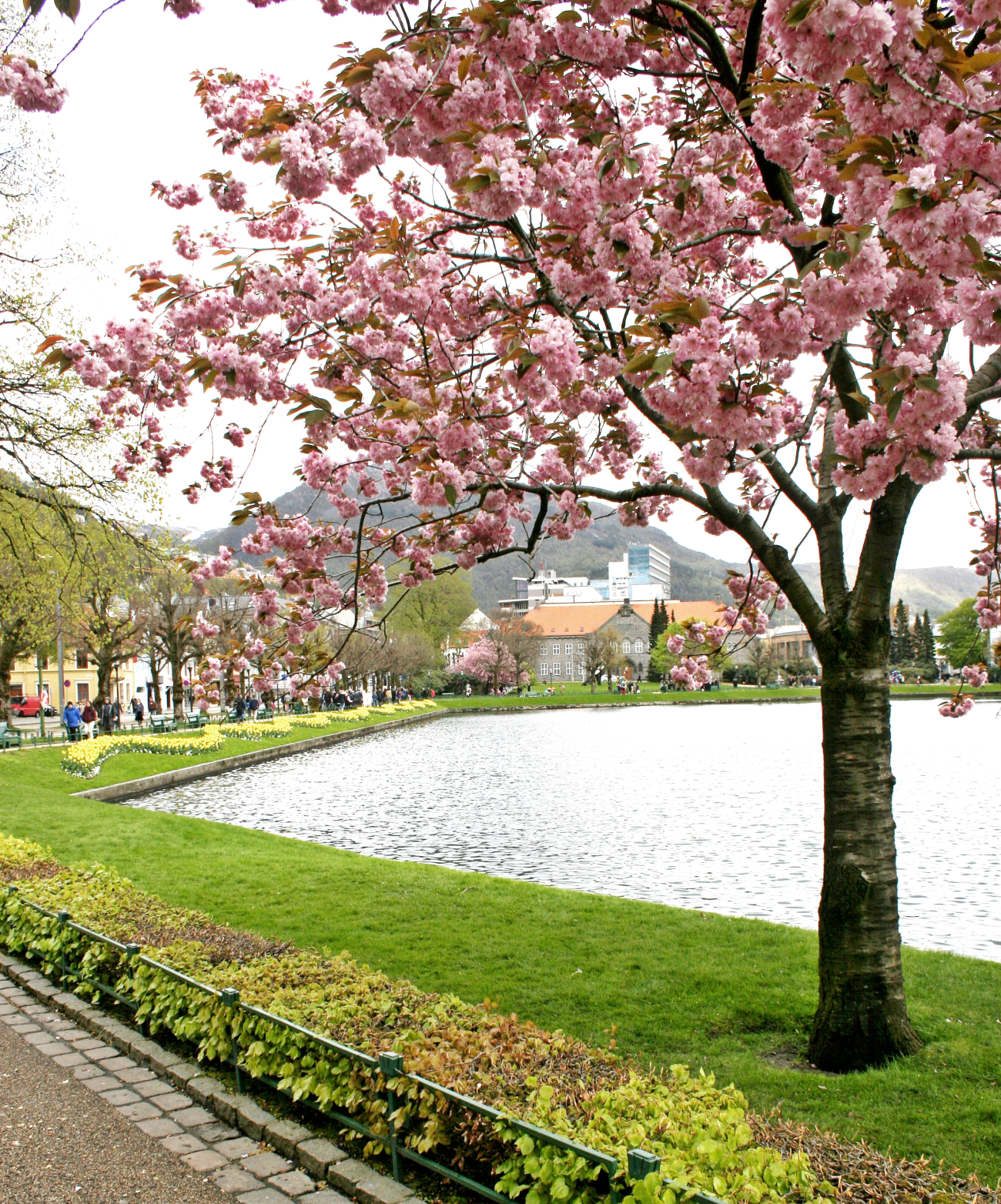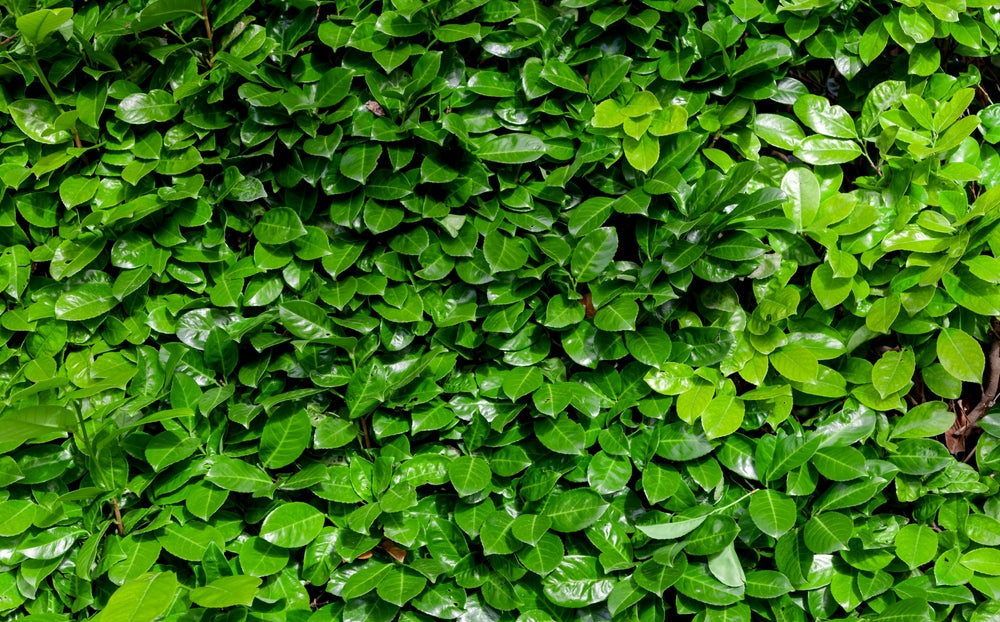Show All Show Tabs slippery elm. A denizen of moist, rich habitats such as floodplains (and occasionally limestone uplands), slippery elm gets its common name from the . Range may be expanded by planting. See states reporting slippery elm.
Ulmus rubra is native to North America.
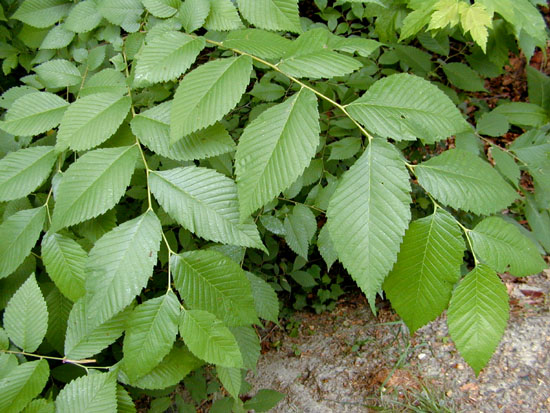
It is hardy to zone (UK) and is not frost tender. AUTHORSHIP AND CITATION : Coladonato, Milo. Department of Agriculture, Forest Service . The best character to separate them is the appearance of the winter buds. Slippery elm is truly one of the most versatile plants in the herbal kingdom.
An important “tree of plenty”, it is renowned for its beauty, medicine, . Slippery Elm can be found in the following Ultimate Herbal Health products.
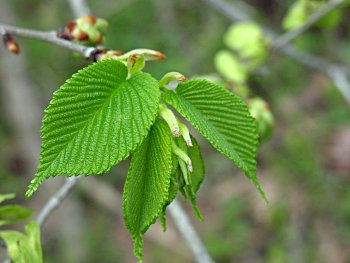
FREE SHIPPING on qualified orders. Leaves are alternate, simple, double-toothed with unequal leaf bases. Etymology: Ulmus: the classical Latin name for . Floodplains, stream banks, and rich hardwoods.
Emollient, Nutrient, Astringent, Anti-inflammatory. Source: The PLANTS Database, database (version .4). Notes: National Plant Data Center, NRCS, USDA.
Aids to Identification: This medium-sized elm has the characteristic . Specimen: View details of USF Herbarium specimens . Taxonomic Status: Accepted Related ITIS Name(s): . The Center for Holistic Pediatric Education and Research. Some images are cropped in thumbnail view. Appalachian Center for Ethnobotanical Studies. Chief Author and Editor: Andrew Pengelly Ph AHG, FNHAA.
Electronic supplementary material.

They can be found as far southeast North Dakota . Voucher: Kostadinov 08 (URV). Brief description: A medium-sized to large tree with smooth gray bark. Leafsnap is an electronic field guide for tree and .
